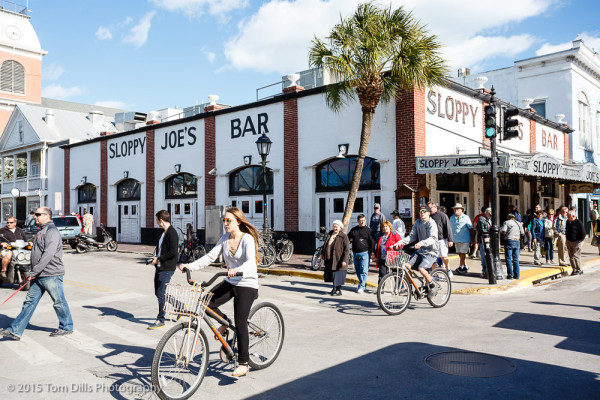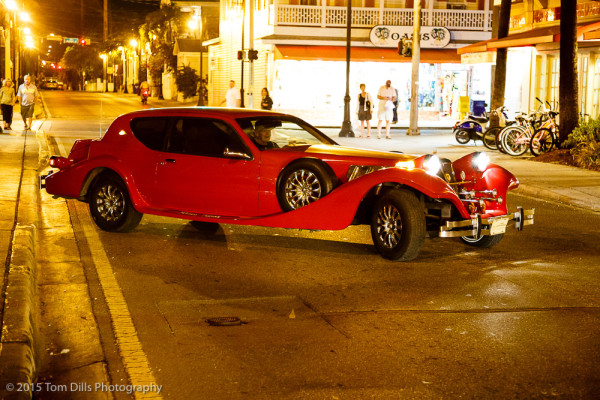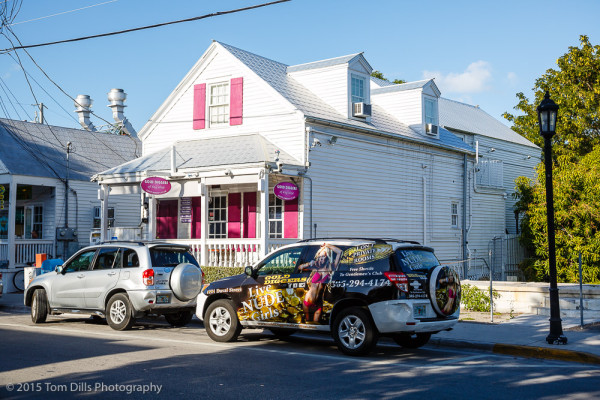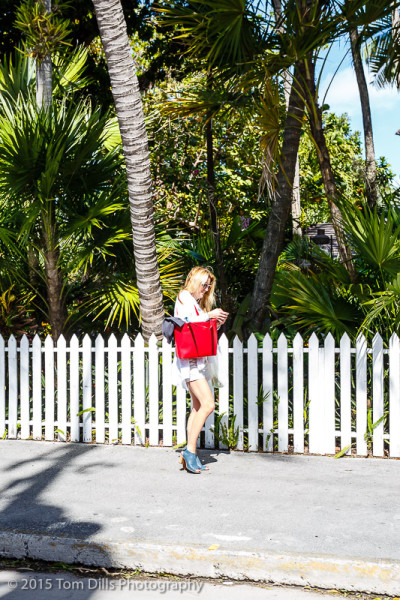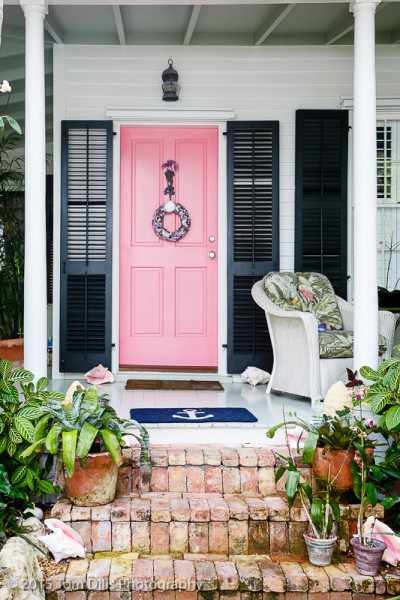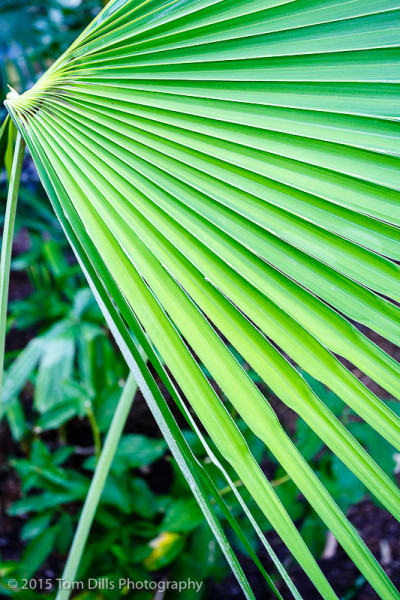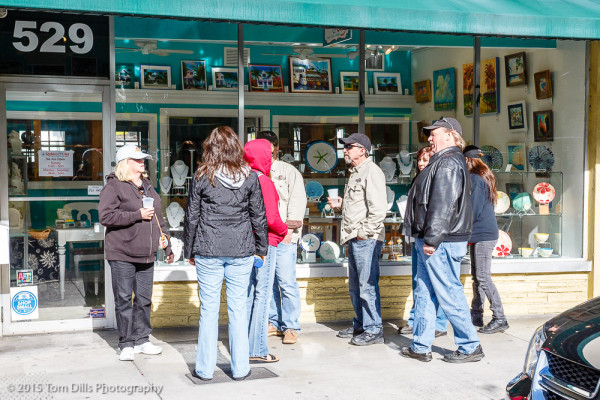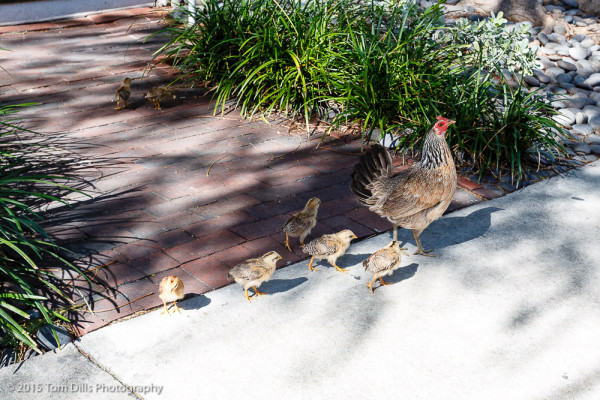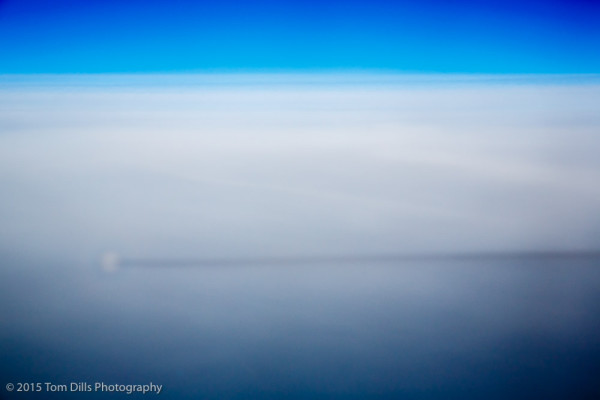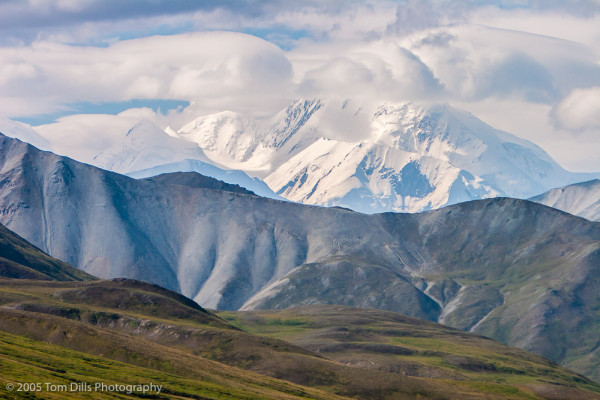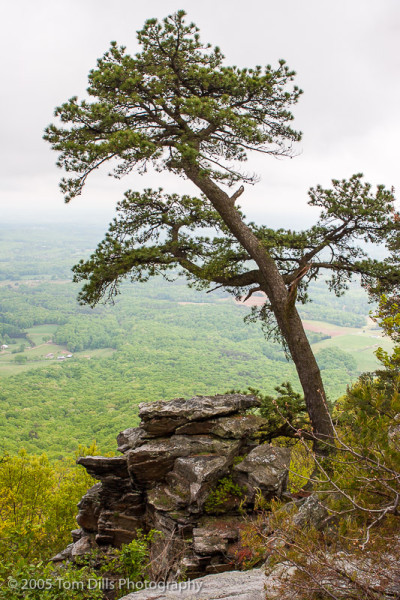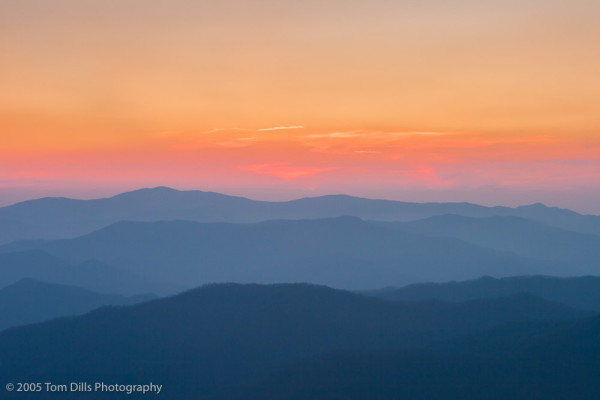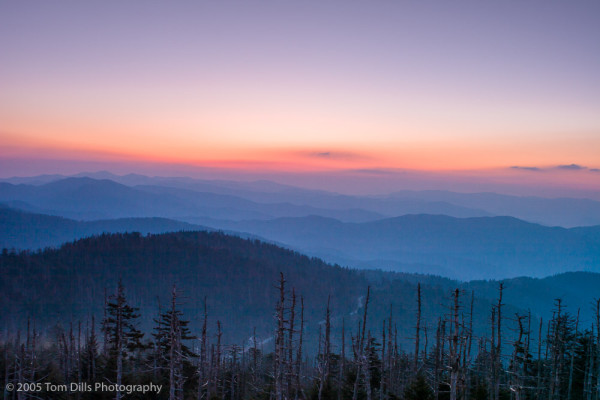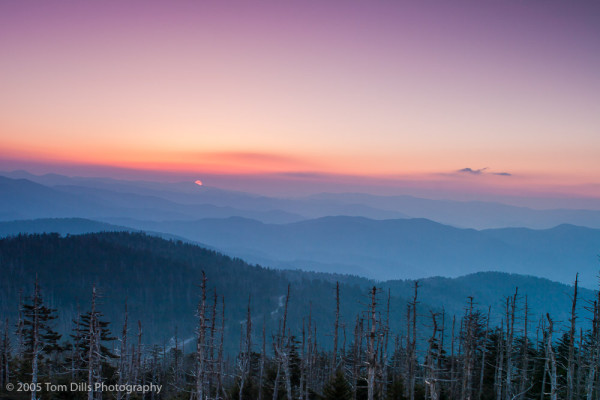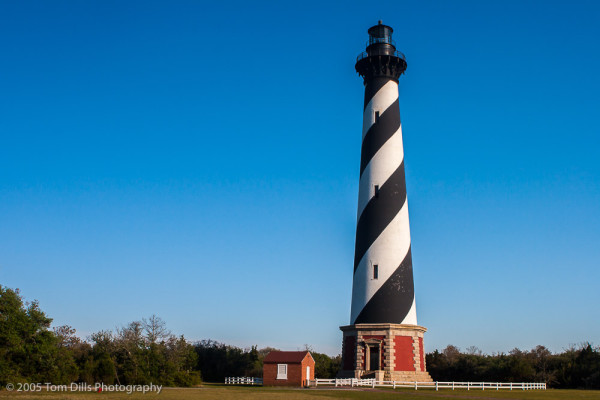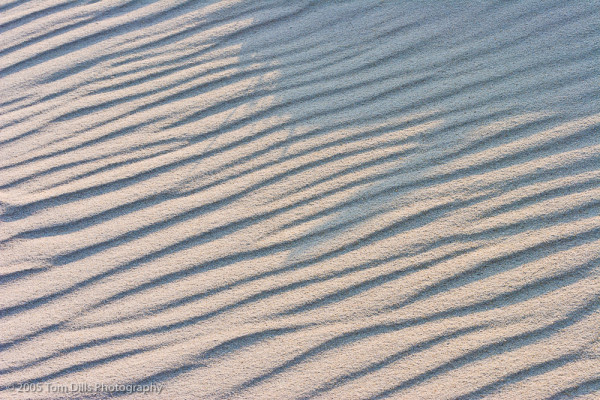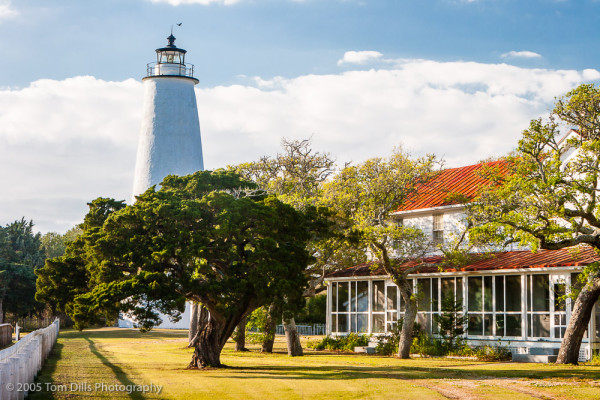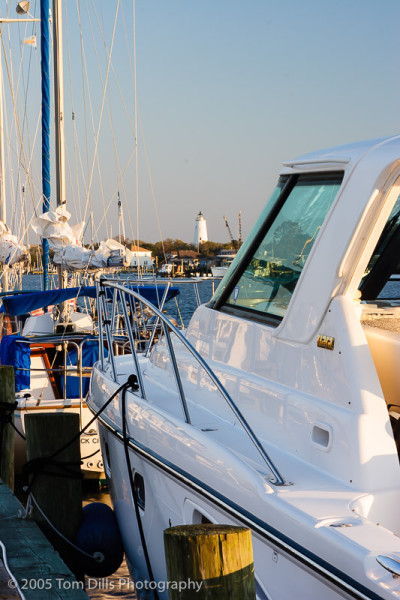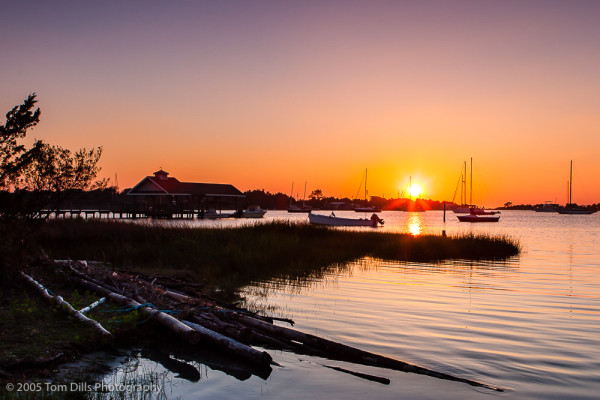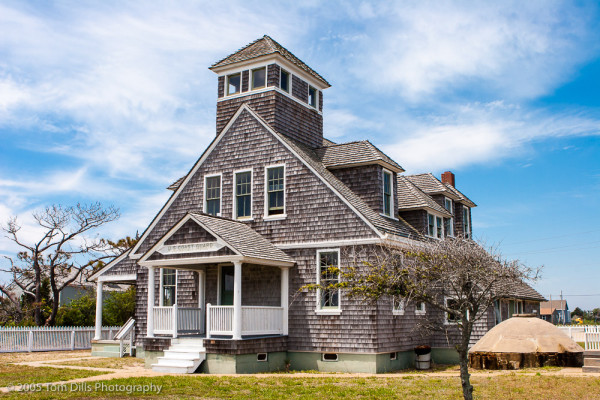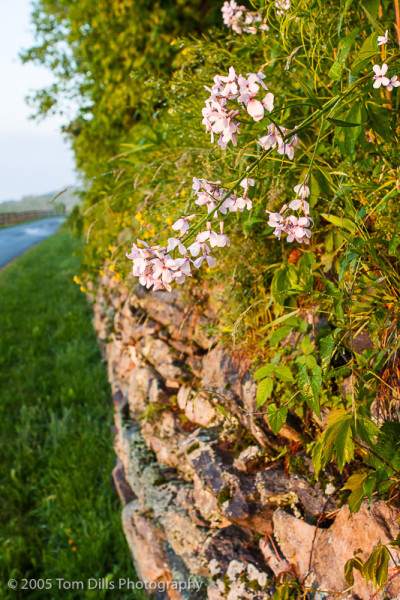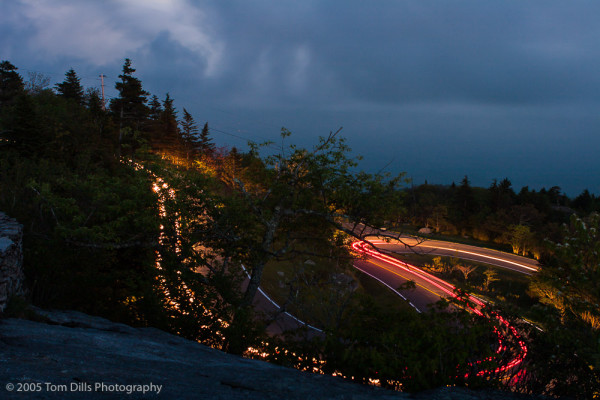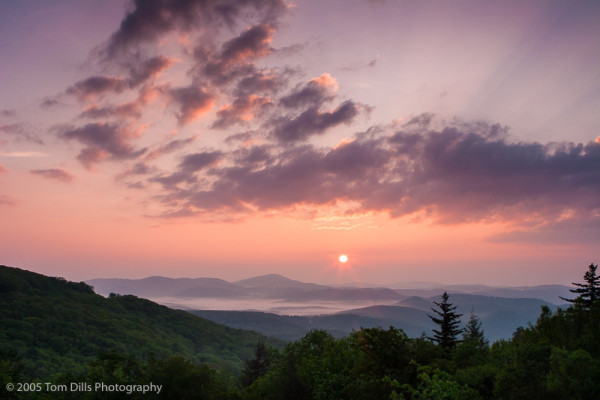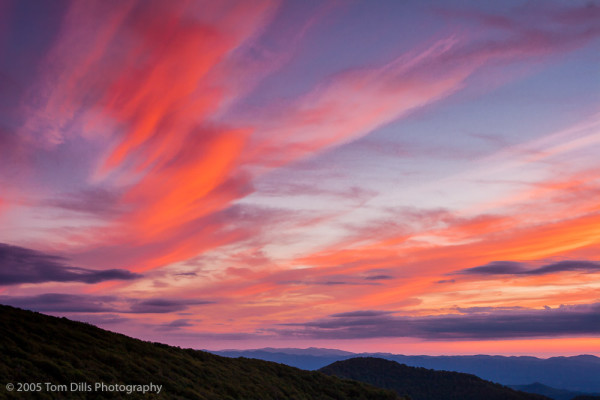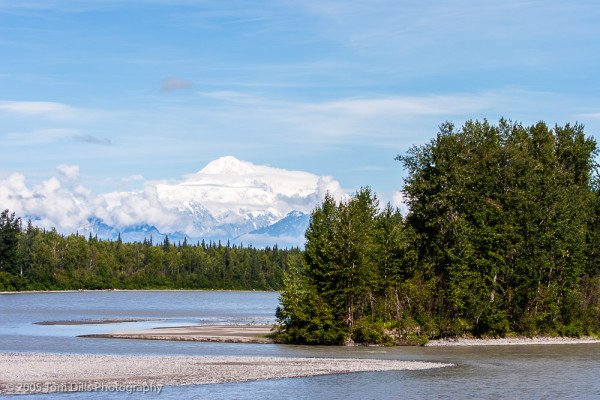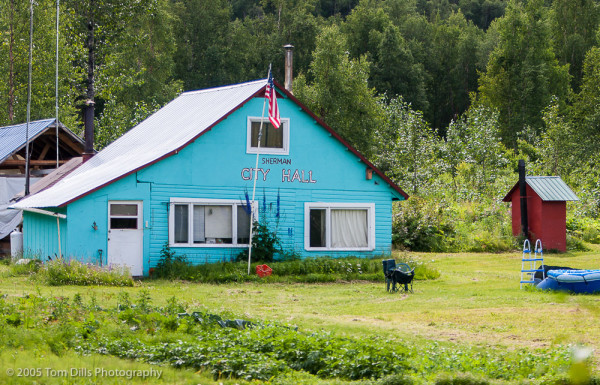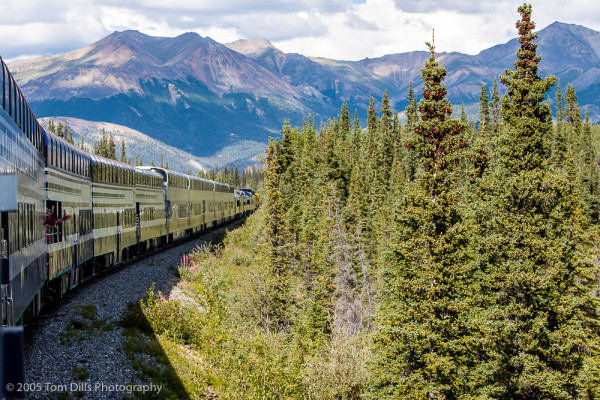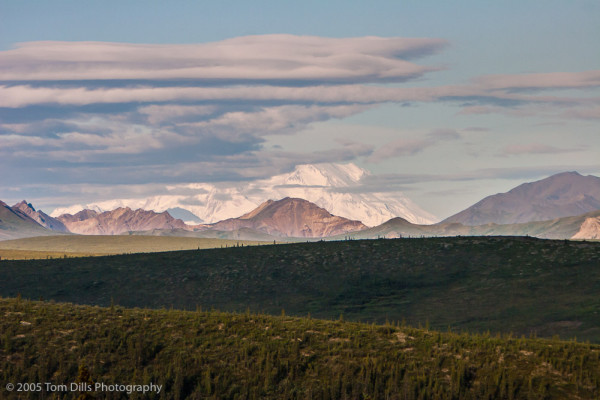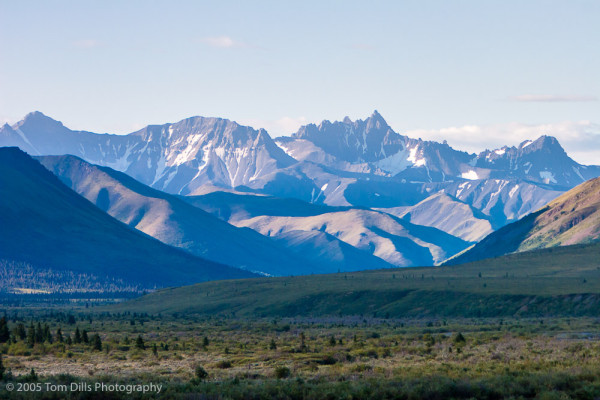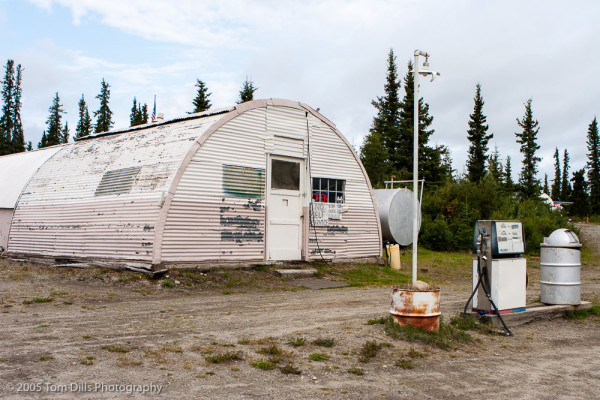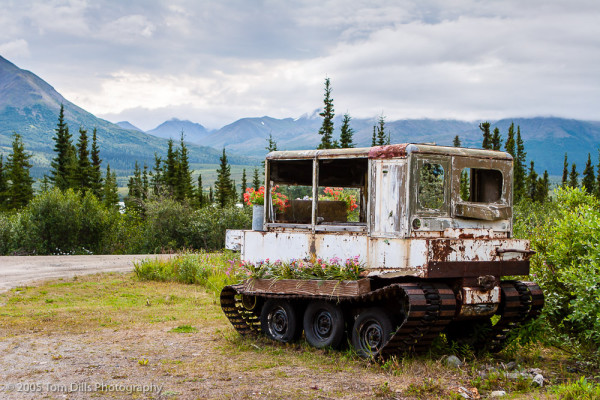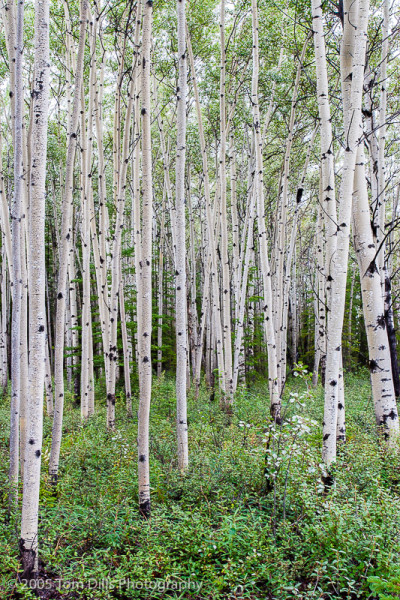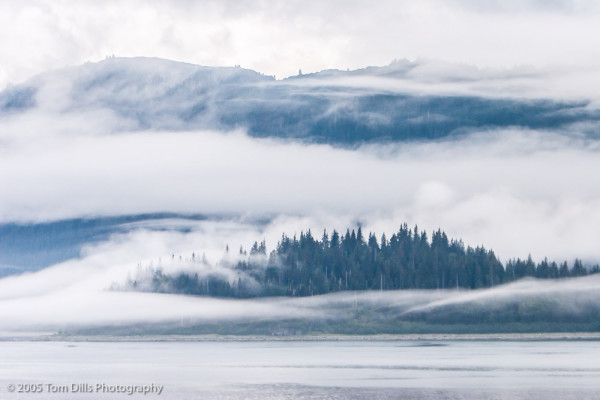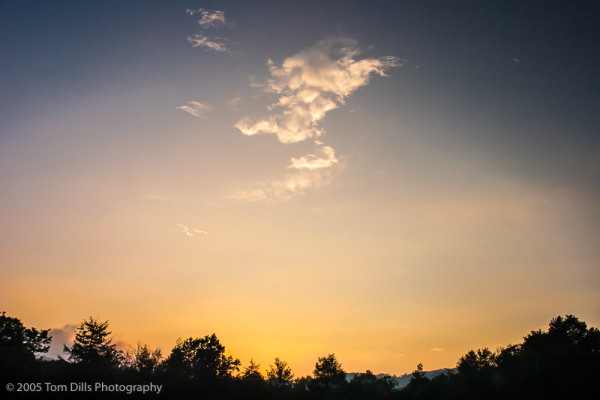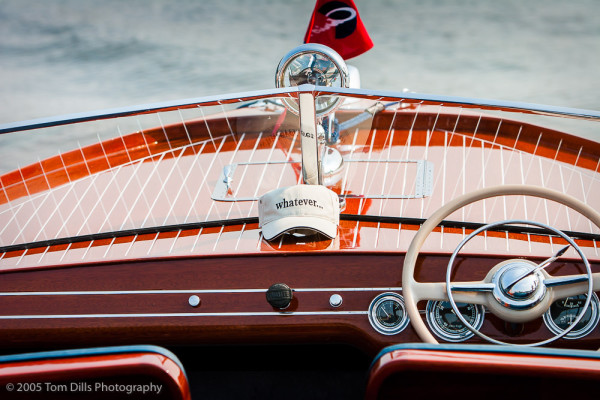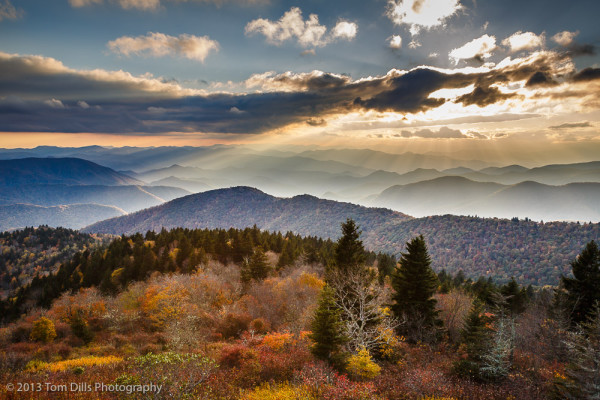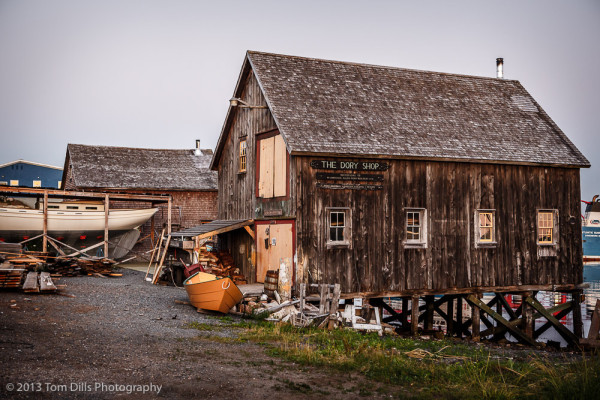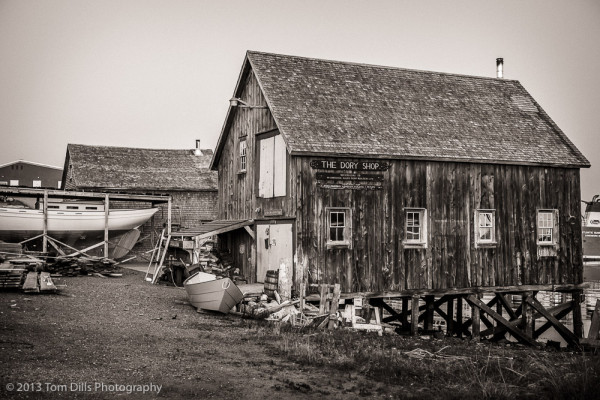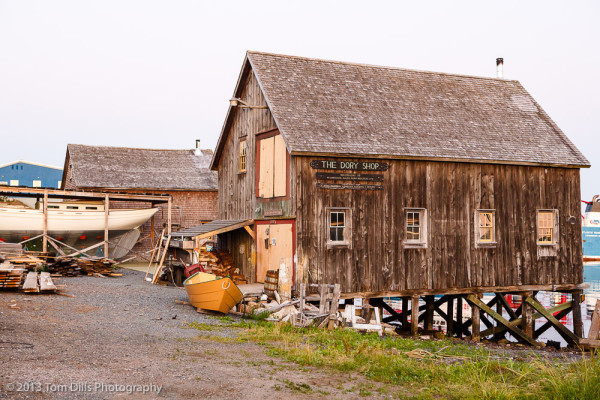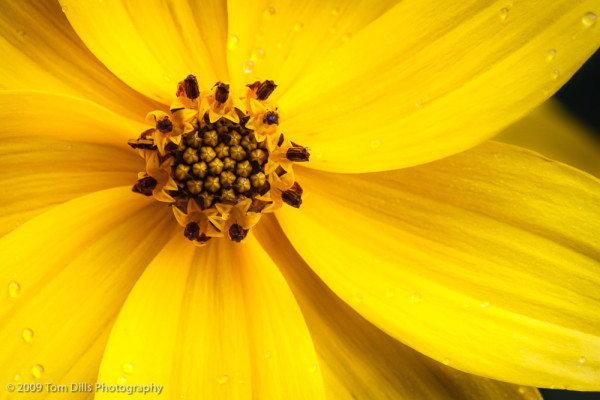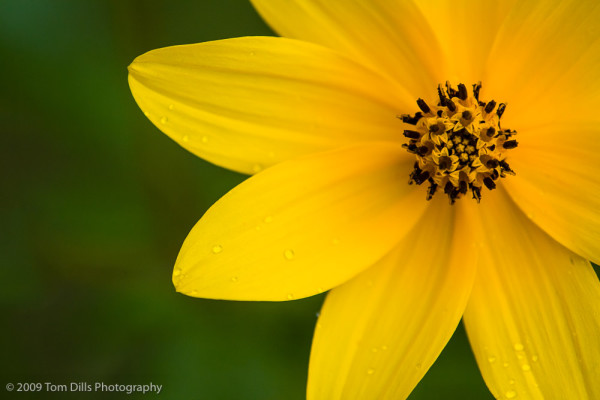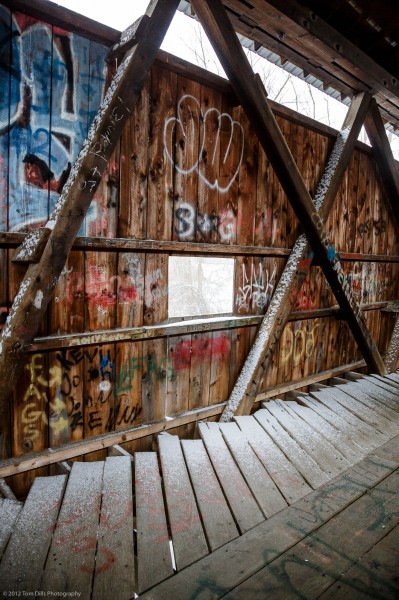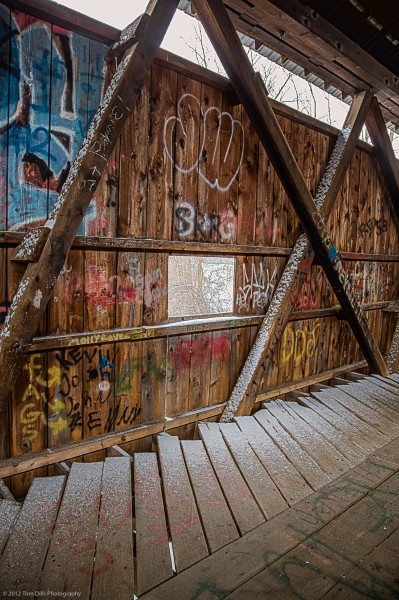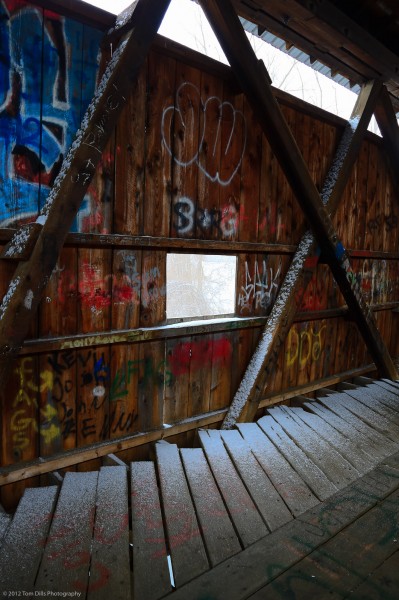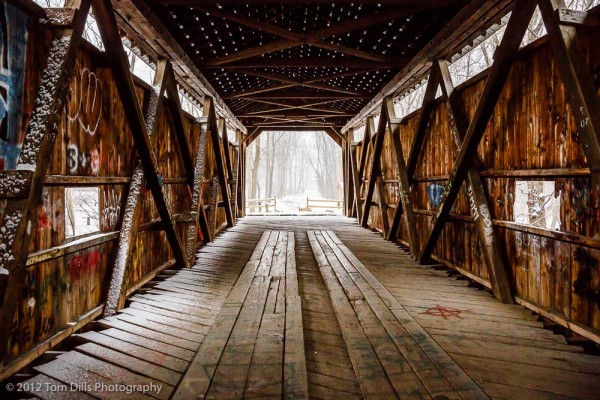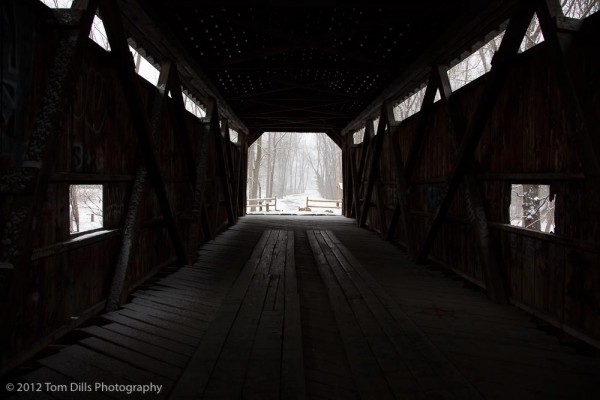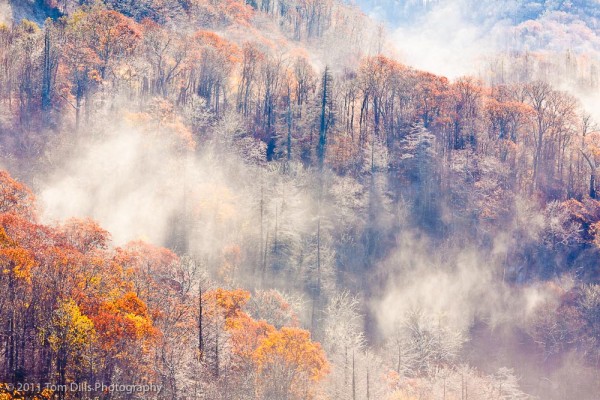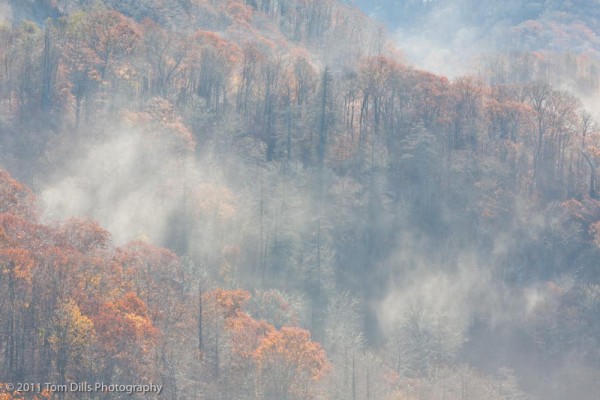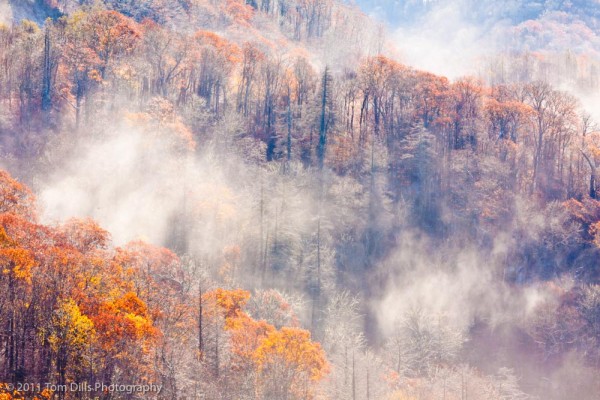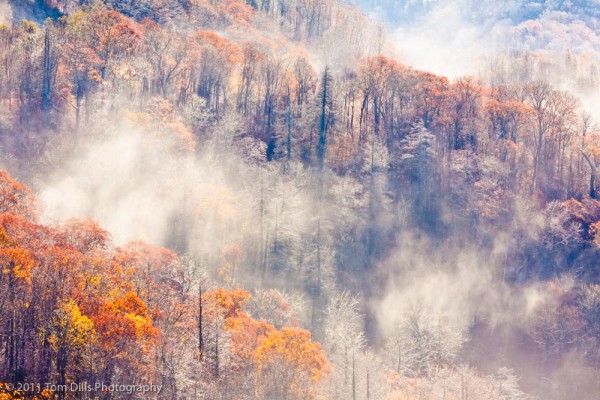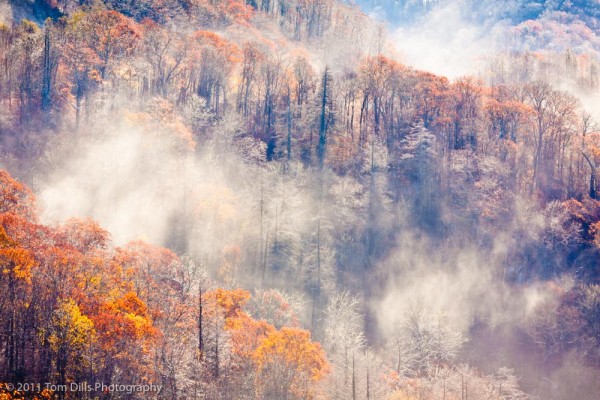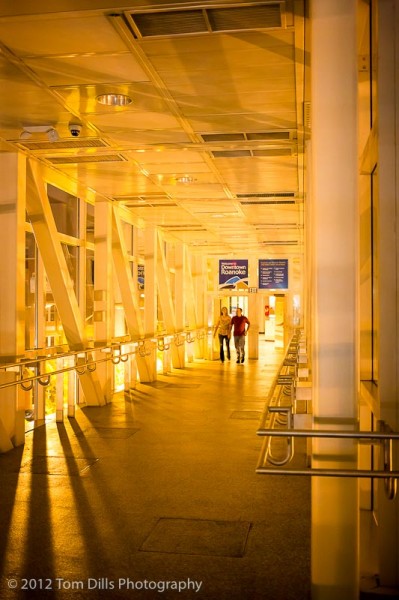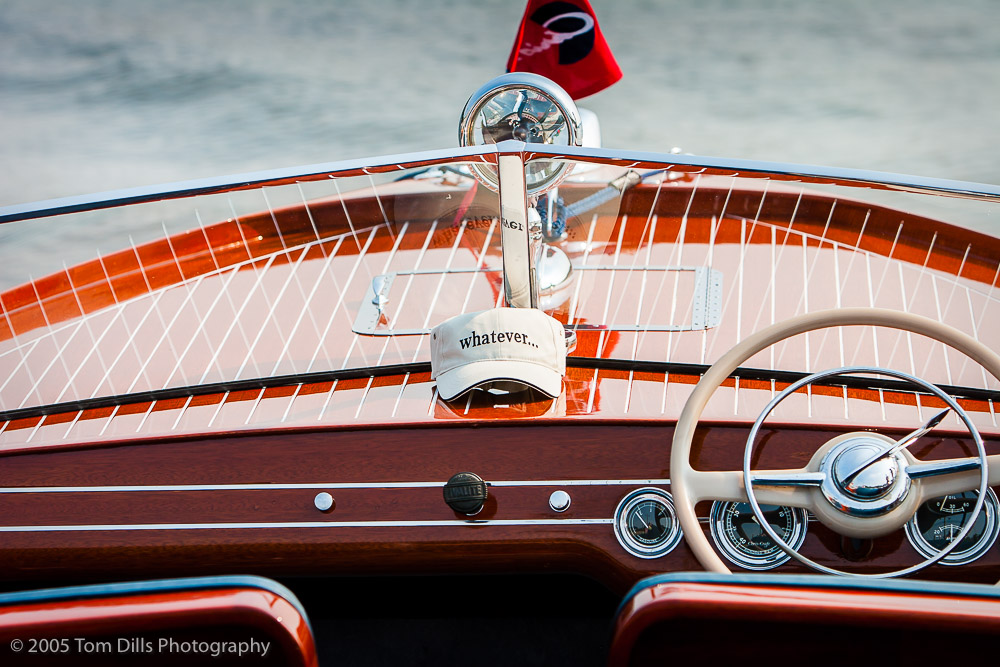
Few things get on my nerves more than clutter. A messy desk, a disorganized garage, an overloaded closet – those are things that just drive me crazy. Now I’m not the most organized person in the world – Kathy would probably suggest that my head is probably the least organized thing on the planet, but that’s another post! But I can’t stand to make room for stuff I don’t use. Or worse, have to have extra storage for stuff because I’ve run out of room for all that stuff I don’t need.
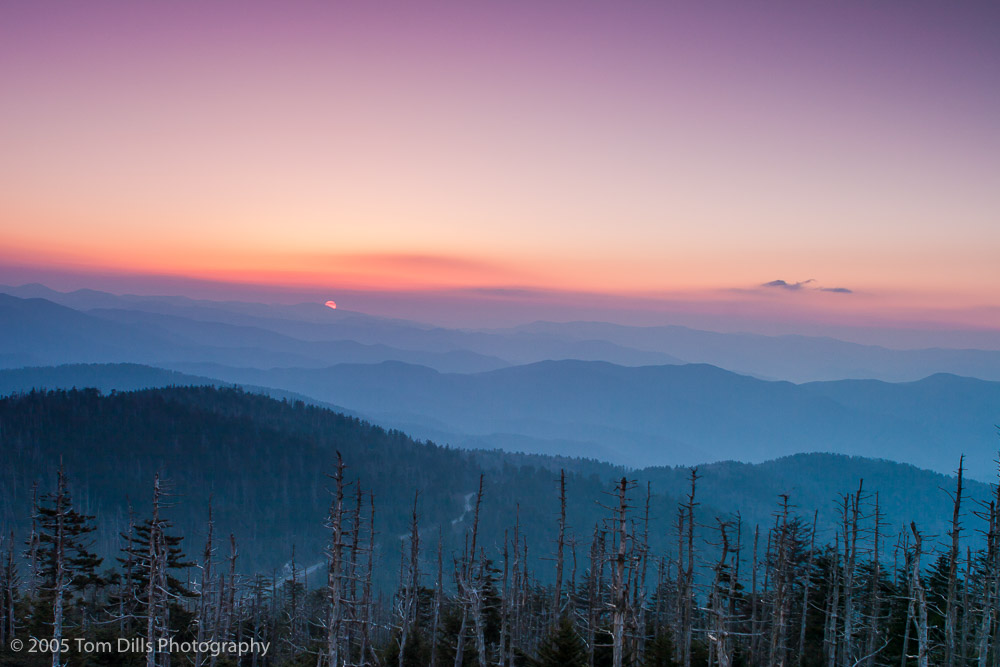
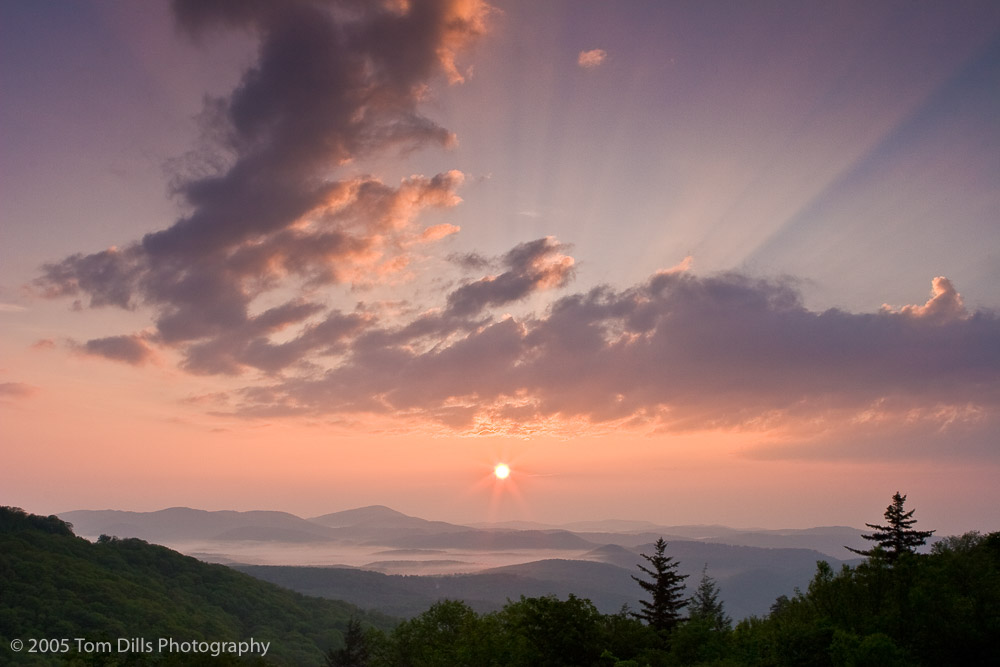
When I started in digital photography, I applied this desire for order to my workflow. I have a very structured, well-organized and repeatable method for keeping track of my files and backing them up. That way I always know where I stand on my organization, editing and processing. Part of that workflow has been that I never delete files. I remove unused files from my Lightroom catalog but leave them on my hard drive, with the idea that storage is cheap and that it was better to have them than to delete them.
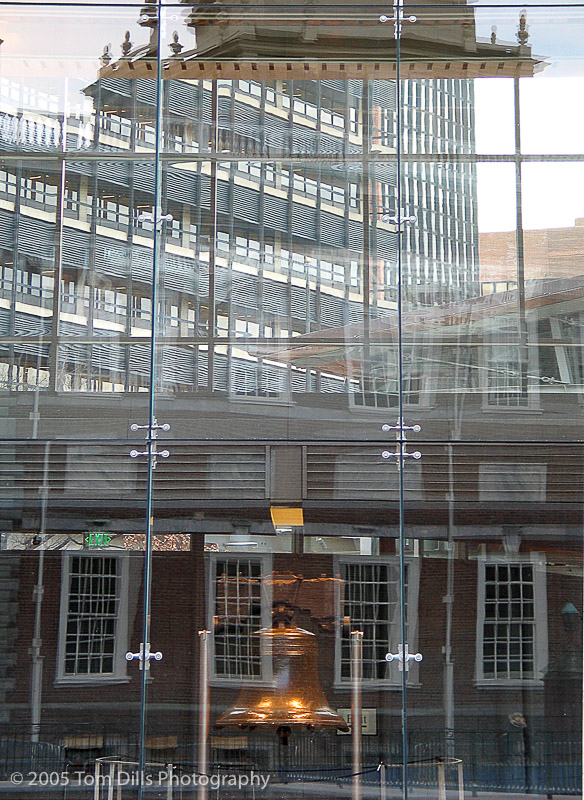
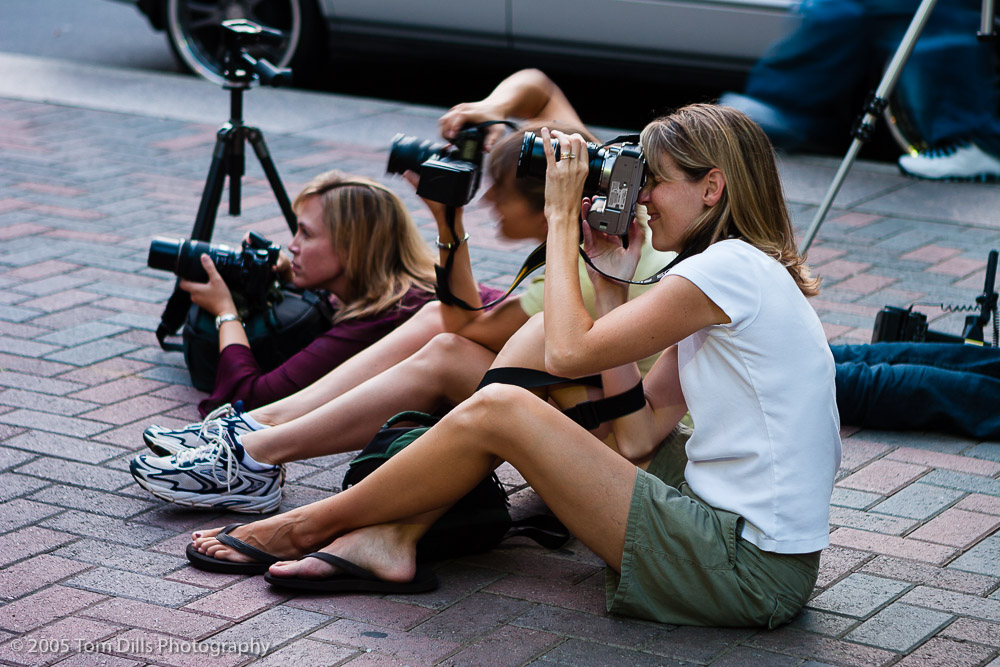
I currently store all my photos on a 2TB hard drive in my computer. That is not much by many peoples’ standards, but because I don’t create huge files in Photoshop and don’t have a 50 megapixel camera, I figured that 2TB would last me a long time. Lately I’ve approached the limit on those drives, and knew that it was probably time to do something about it. I started looking at upgrading to larger drives, but while storage is relatively inexpensive, I have a total of 4 drives, two internal drives (main+backup) plus two external drives (onsite+offsite). I haven’t yet sprung for cloud storage. I don’t completely trust it and would never use it as my only backup, so as long as I need to have physical backups anyway, I didn’t think there was much point in also having cloud backup. Plus, there are lenses…. 😉
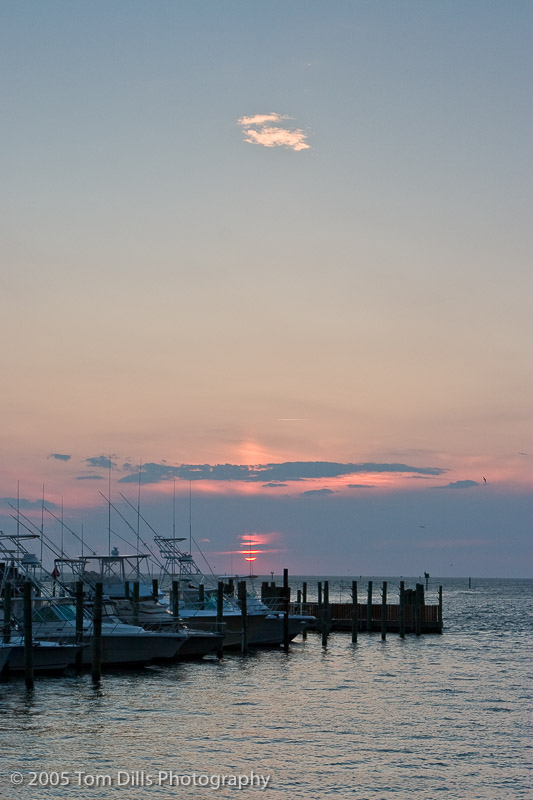
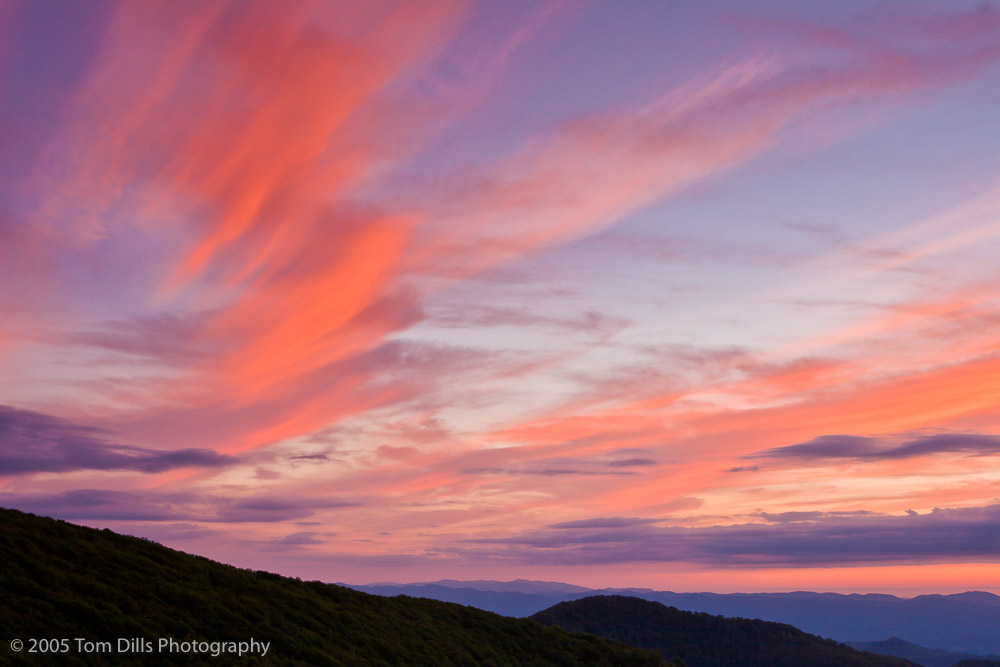
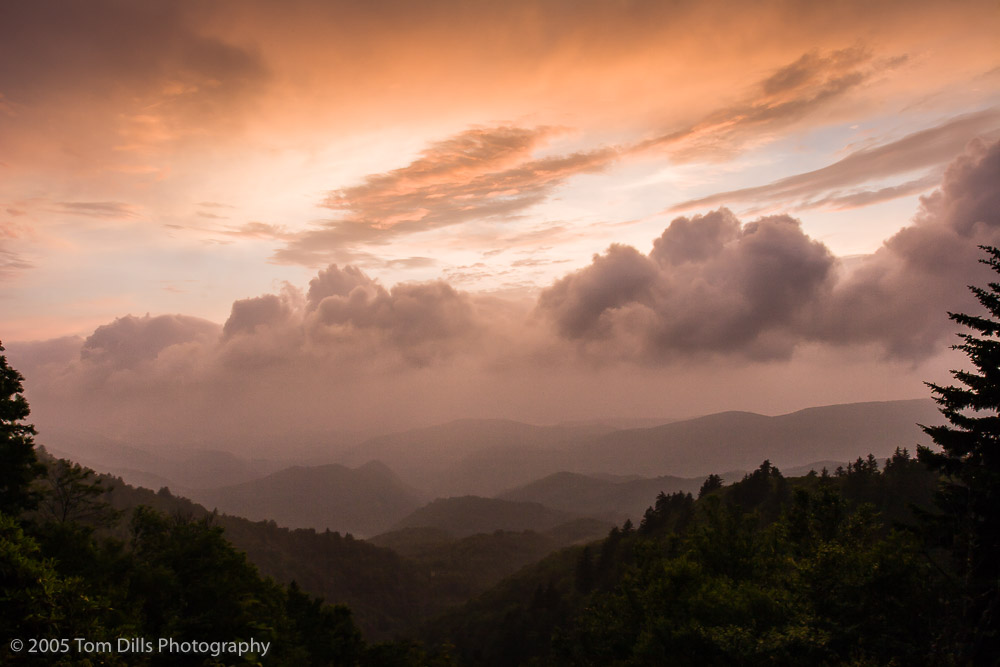
One of the things I started thinking about was that there are a bunch of files on those hard drives that are no longer in my Lightroom catalog, files that I’ve already decided aren’t worth keeping and that I could get rid of. I have no idea how many, because by looking at the files in Finder there isn’t any really good way of telling which files are in the Lightroom catalog and which ones are not. I originally toyed with the idea of just exporting the existing catalog to a new drive, or erasing one of the existing drives for the purpose. But part of me wanted to look at those old files “one last time” to make sure I wasn’t getting rid of any hidden treasures. So as long as I wanted to be able to do that I came up with what I think is a workable solution.
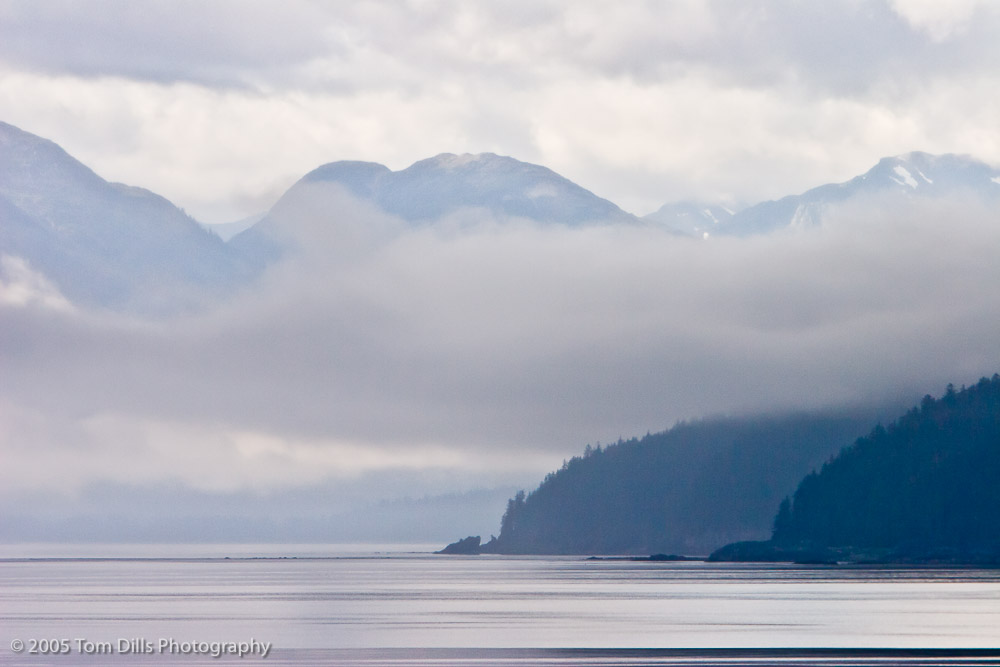
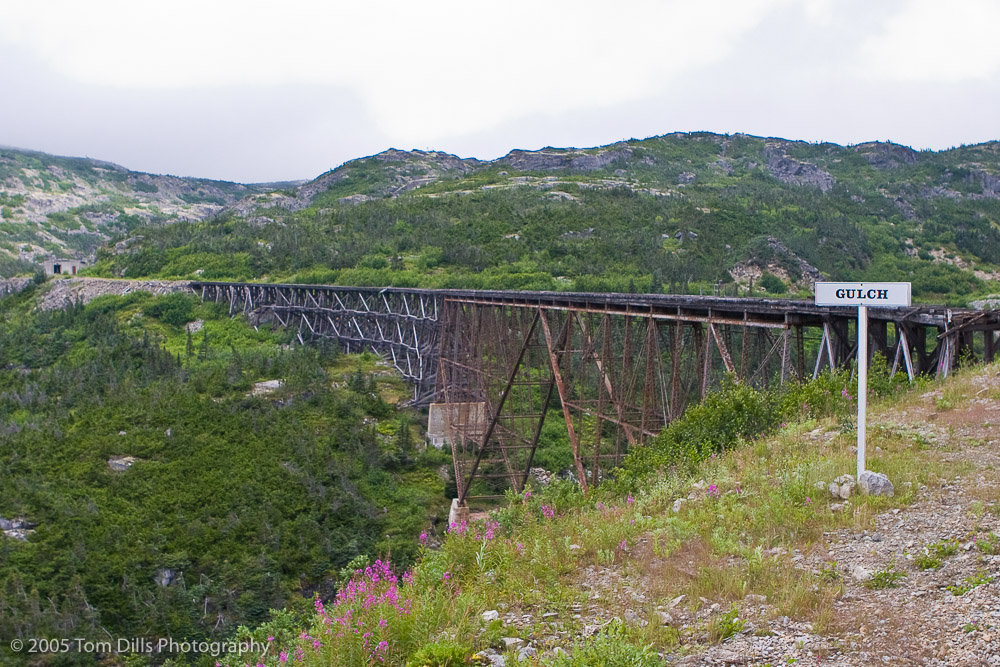
What I have done is to use Lightroom’s Import function to “re-import” all those files into the Lightroom catalog. They are already in folders – the same folders that all of the “keepers” are in, so all I have to do is import them in their current position. I started about a week ago and have been importing them a year at a time. By going year-by-year, and folder-by-folder within each year, I’m keeping it at a manageable amount and am not moving or deleting files until I’ve looked at them. In the event that I come across files I want to keep – and I’ve found a few – it is very easy to put them aside so they don’t get lost.
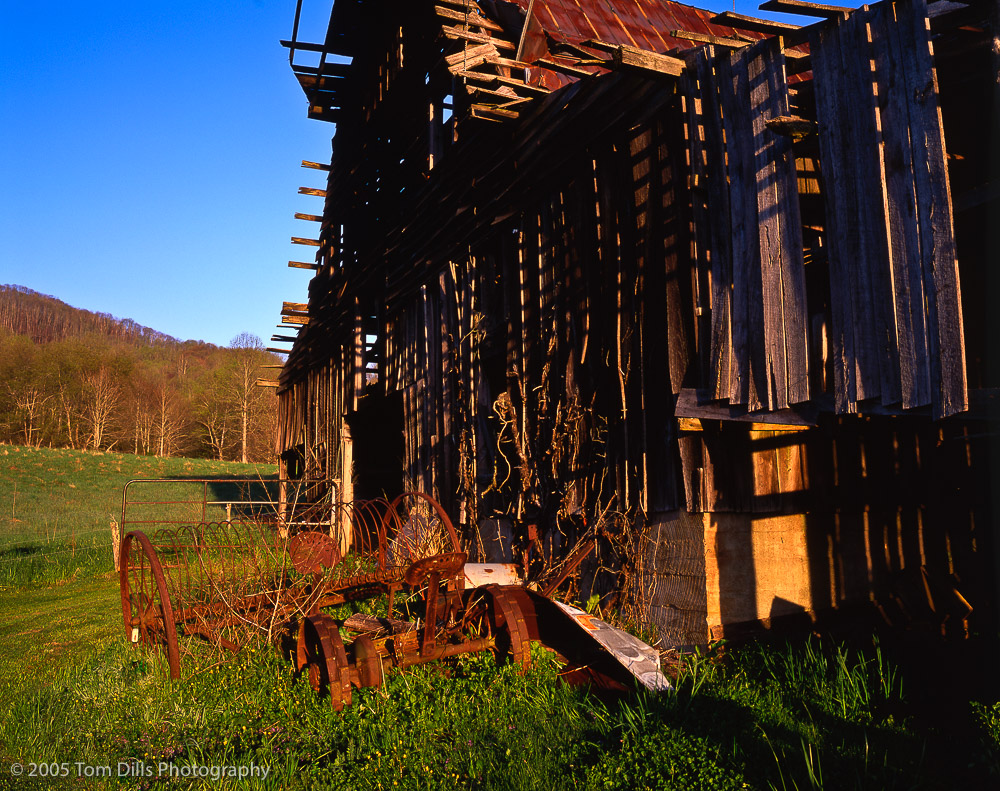
I’ve gotten through 2004-2008 so far – admittedly not heavy years filewise since I had just started in digital and was still shooting some film. I forgot to track the number of files and amount of storage for the first two years, but am keeping track now and should be able to have a pretty good estimate when I’m done. Right now between 2004, 2005, 2006, 2007 & 2008 it looks like I’m at about 23,000 files deleted and about 236GB freed up. The folders seem to be getting bigger the farther I go, so it will be interesting to see how those numbers increase as I continue.
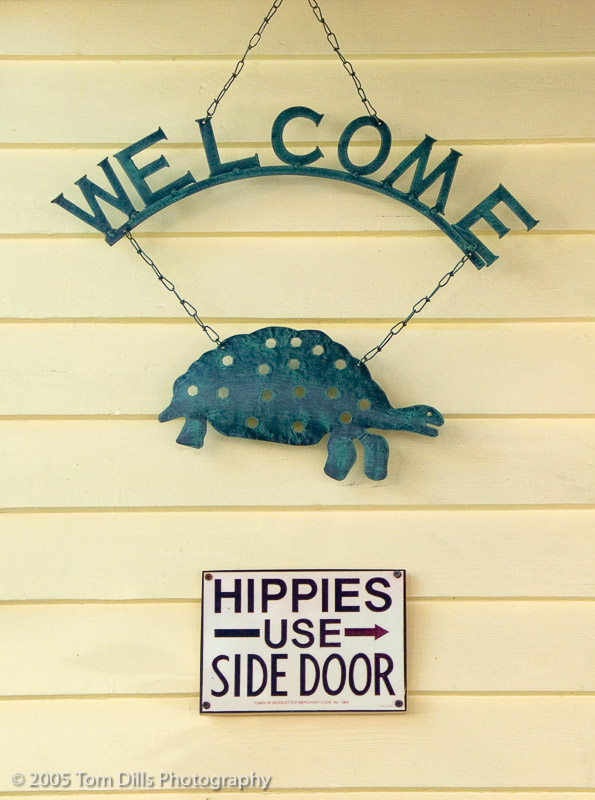
This is pretty geeky stuff and I can’t imagine anyone reading this post will care about more detail, but if anyone wants additional detail I’ll be happy to answer questions or emails. But it won’t bother me if no one asks! In the meantime I’ve thrown in some photos from 2005 for your viewing pleasure. It seems I photographed a lot of sunrises and sunsets back then!

